Have you ever wondered, "Why do horses need shoes? How do horseshoes work?" Horseshoes are quite ubiquitous: it's rare to find someone who does not know what a horseshoe looks like. But why are they a thing? And why is it that nearly all horses (except wild ones) wear them?
Well, the staff at Mountain Creek Riding Stable is here to give you some quick answers!

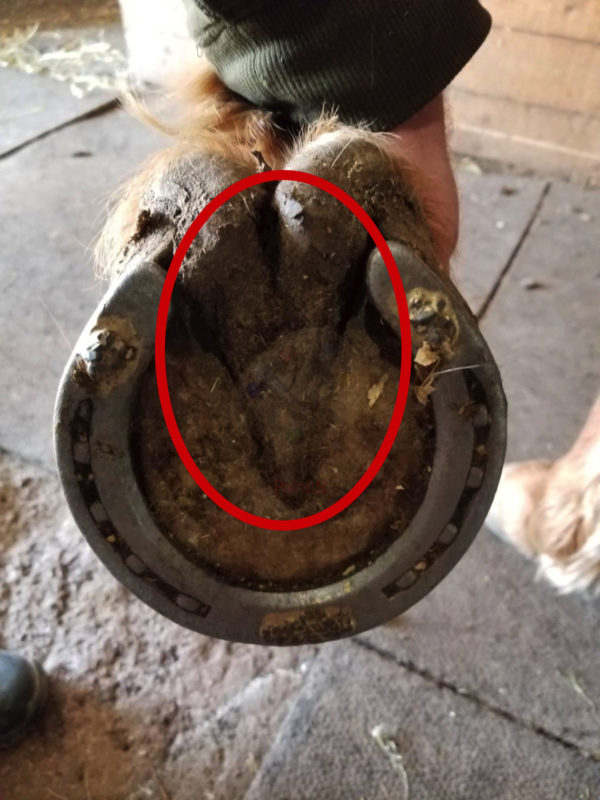
WHAT IS THE PURPOSE OF HORSESHOES?
Horseshoes are used to help aid in the durability of the hoof on working horses. The hoof itself is made up of the same stuff as your fingernail, called keratin. However, the hoof has a soft and tender inner part called the frog (circled in the picture above) that can be injured. The hoof will naturally wear away when horses walk so adding a shoe onto the hoof helps to diminish that and keep the frog in healthy condition.
WHAT ARE HORSESHOES MADE OUT OF?
Horseshoes are made out of steel in most cases, though there are some exceptions to this. Racehorses usually wear aluminum horseshoes because they are lighter and thus perform better when speed is the top priority.
There are also "boots" that horses can wear in the case of a hoof or foot injury. These "boots" are made of rubber and have a rubber horseshoe built into it that provides a much softer walking surface and more significant support.
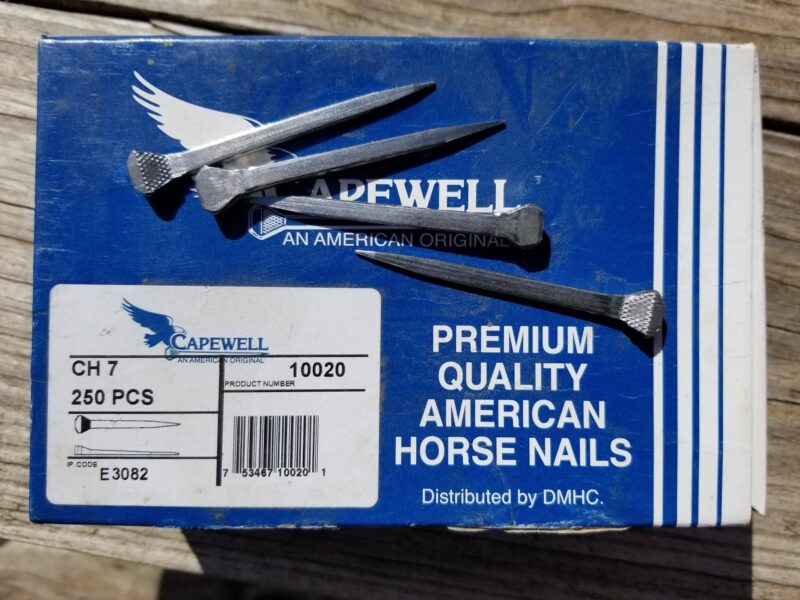
HOW ARE HORSESHOES ATTACHED?
People who put horseshoes onto horses are called farriers (also spelled ferrier). Farriers use special nails (like the ones pictured above) to attach the horseshoe to the hoof. Like we said before, horses' hooves are made of the same material as your nail and, just like when you cut your nails, the horses don't feel anything when affixing the horseshoe to the hoof. Once the nails are put through the outer edge of the hoof, the farrier bends them over, so they make a sort of hook. Then, they file away the sharp points that are left and part of the hoof to ensure a good fit. As the hoof grows out, it will eventually overlap the horseshoe which is how you know it is time to redo the horseshoe.
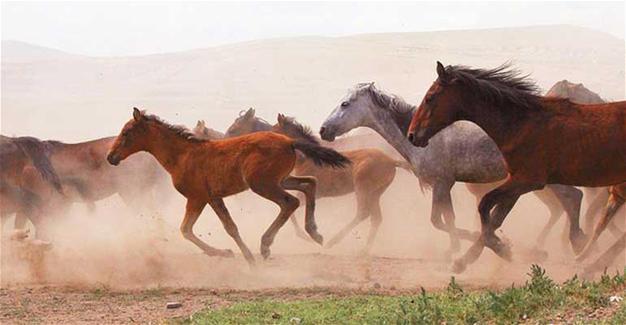
WHY DON'T WILD HORSES NEED SHOES?
The reason wild horses can exist without shoes is twofold: firstly they do not "work" as hard or as often as a horse with an owner. Therefore, they wear away their hooves slower than the hooves grow. Secondly, they do not have anyone to look after their well-being, so if they have an injured frog or another situation where a shoe would be put on an owned horse – they have to deal with it.
Now and then you may come across an owned horse that doesn't have any horseshoes. In the working world, horses who don't wear shoes are usually "barefoot" as a result of having a problem with their feet. Sometimes their hooves are too brittle or they may have broken off a piece of their hoof, so the horseshoe may not be able to be adequately attached. These horses can still do trail rides or work the farm, but they will have greater limitations on how much they work.
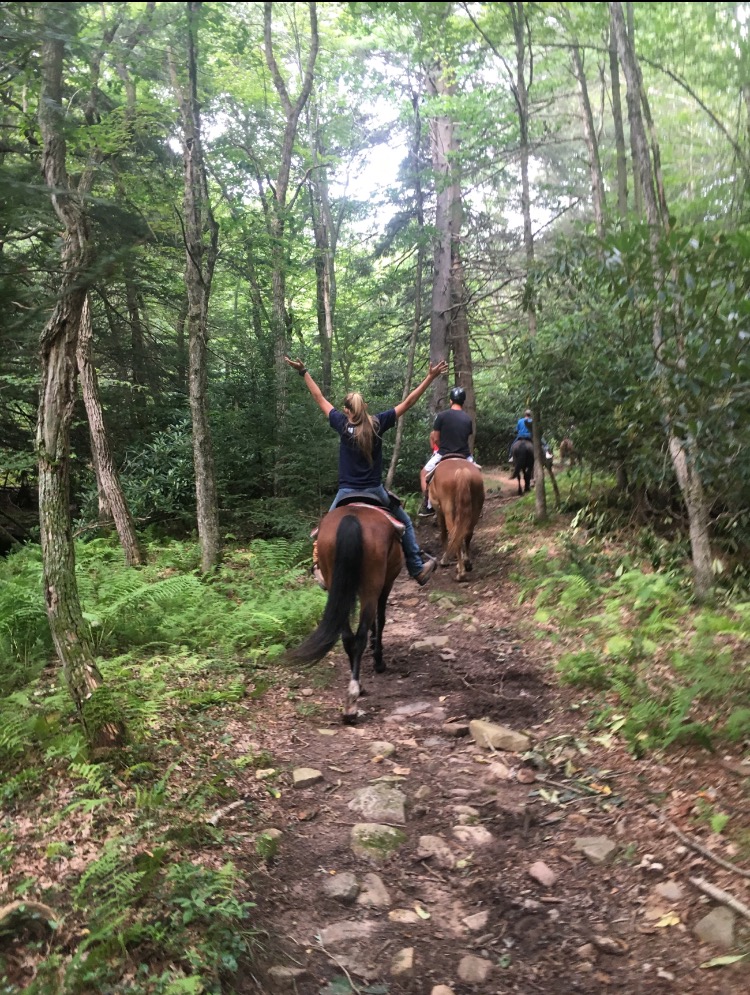
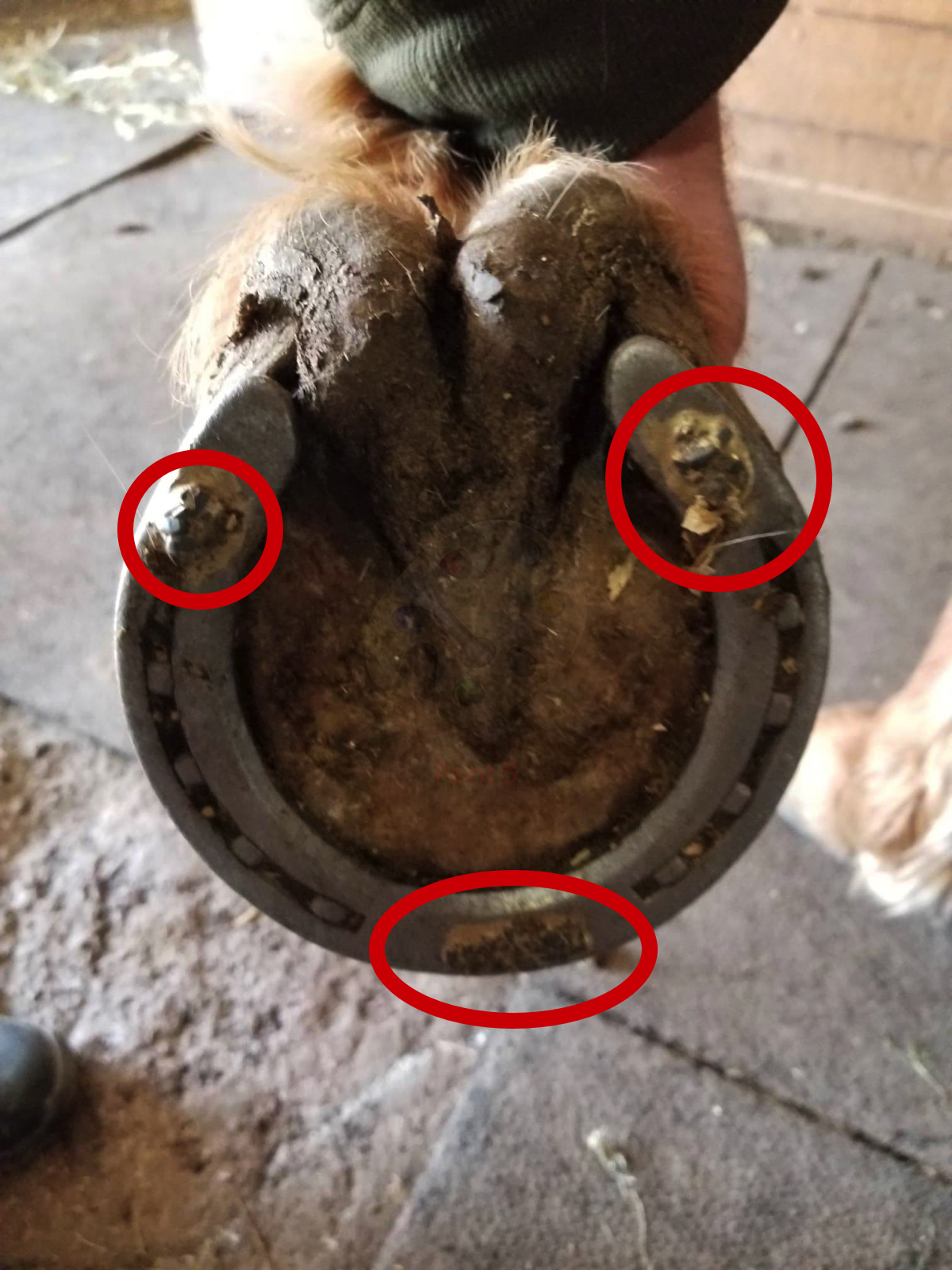
ARE HORSESHOES NECESSARY FOR TRAIL RIDING?
Horses that do trail rides are called "hack horses" and for them, shoes are of utmost importance. When the trail ride routes include paved surfaces or hard-packed ground (like that of the Grand Canyon), the hooves can wear away faster than they grow. This can lead to the horses being unable to work. Well-maintained horses will always have shoes to protect their feet and allow them to do the 9-5 grind.
Additionally, at Mountain Creek Riding Stable we put horseshoes on our horses for their anti-skid properties. Each of our horses gets what is called "Drill Tech" added to their shoes, which is made of a substance called carbraze. Carbraze is a mixture of tungsten carbide particles in a brass/nickel matrix. As the matrix melts, it adheres to both the tungsten pieces and the steel of the shoe. Once it cools, the tungsten pieces stick out and provide extra traction on slippery surfaces, kind of like ice cleats for humans. Safety is the most important part of our business, and this traction makes all the difference during the winter months.







